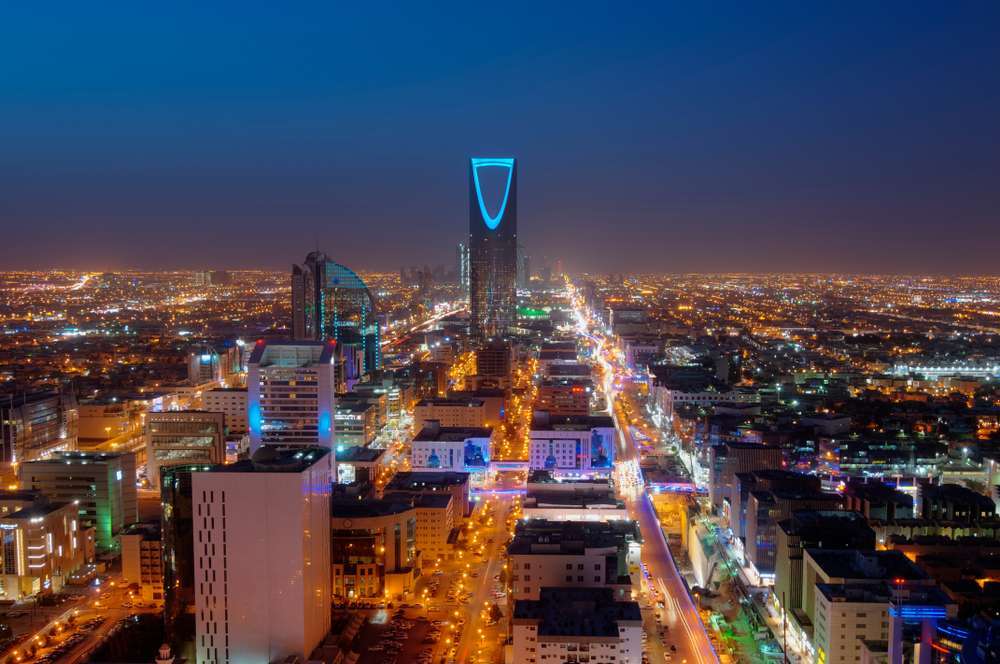Medina and Mecca, two of Islam’s holiest cities, hold a special place in the hearts of millions of Muslims worldwide. Every year, devout pilgrims embark on a sacred journey to these revered destinations, fulfilling one of the Five Pillars of Islam—the Hajj and Umrah. Beyond their religious significance, Medina and Mecca also attract spiritual tourists seeking to immerse themselves in the rich heritage and profound spirituality of these ancient cities.
The Sanctity of Medina
Known as the “City of the Prophet,” Medina holds a central position in Islamic history and culture. It was here that the Prophet Muhammad migrated and established the first Islamic community, laying the foundation for the Muslim faith. The city is home to several significant sites, including the Prophet’s Mosque (Al-Masjid an-Nabawi), where the Prophet Muhammad is buried. Pilgrims and tourists alike flock to the Prophet’s Mosque to offer prayers and pay their respects at the Prophet’s tomb. The mosque’s serene ambiance and breathtaking architecture evoke a sense of tranquility and reverence, providing visitors with a profound spiritual experience.
SAUDI VISA FOR SPANISH CITIZENS
The Majesty of Mecca
Mecca, the birthplace of the Prophet Muhammad, stands as the epicenter of the Islamic world. It is the site of the Kaaba, the holiest shrine in Islam, toward which Muslims around the world turn to pray. Each year, millions of pilgrims converge on Mecca to perform the Hajj pilgrimage, a journey that holds immense significance in the lives of Muslims. The focal point of Mecca is the Masjid al-Haram, encompassing the Kaaba and the sprawling Grand Mosque. Encircled by towering minarets and adorned with intricate calligraphy and geometric patterns, the Grand Mosque is a sight to behold. Pilgrims undertake the Tawaf, circling the Kaaba seven times in a symbolic act of devotion and unity.
The Rituals of Hajj and Umrah
The Hajj pilgrimage, one of the largest annual gatherings of people in the world, is a profound spiritual journey marked by a series of rituals. From the Tawaf around the Kaaba to the symbolic stoning of the devil at Mina, each ritual holds deep symbolic meaning and connects pilgrims to the legacy of Prophet Ibrahim (Abraham) and his family. Similarly, the Umrah pilgrimage, while smaller in scale, carries great significance for Muslims seeking spiritual rejuvenation. Performing the Umrah involves similar rites to the Hajj, including the Tawaf and Sa’i (walking between the hills of Safa and Marwa), albeit on a smaller scale and at any time of the year.
SAUDI VISA FOR SWEDISH CITIZENS
Spiritual Tourism and Cultural Heritage
Beyond the pilgrimage season, both Medina and Mecca continue to attract spiritual tourists eager to explore their rich cultural heritage. Medina’s historical sites, including the Quba Mosque, the Battle of Uhud site, and the Date Market, offer insights into the city’s pivotal role in Islamic history. In Mecca, visitors can explore landmarks such as Mount Arafat, where the Prophet Muhammad delivered his Farewell Sermon during his final pilgrimage, and the Cave of Hira, where the first revelations of the Quran were received. Additionally, the Zamzam Well, a sacred water source believed to have miraculously appeared for Hagar and her son Isma’il, remains a significant pilgrimage site.
Conclusion
Medina and Mecca stand as unparalleled symbols of spiritual devotion and cultural heritage for Muslims worldwide. Whether undertaking the Hajj or Umrah pilgrimage or simply seeking spiritual enrichment, visitors to these sacred cities are enveloped in an atmosphere of reverence and piety. As custodians of these holy sites, Saudi Arabia continues to invest in infrastructure and services to ensure the comfort and safety of pilgrims and tourists alike, preserving the sanctity and significance of Medina and Mecca for generations to come.
Also read: Preserving Heritage: Architectural Marvels and Preservation Efforts in Saudi Arabia






